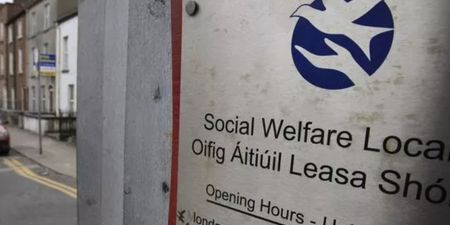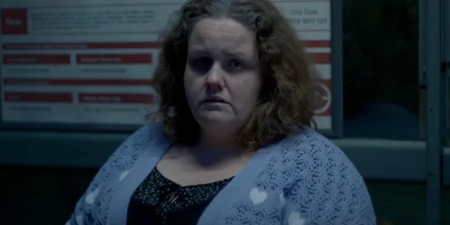The latest figures regarding available GPs and hospital waiting lists are a stark reminder of the HSE’s deep-rooted issues.
In what is the latest in a long line of concerning statistics, it has been announced that more than 1.1 million people are waiting for some form of hospital care.
The figures, which were released by the National Treatment Purchase Fund (NTPF), highlight the fact that the number of people waiting over 12 months to receive hospital treatment has began to soar once again.
When compared to 2019, emergency department attendances are up by 104,000, which has resulted in 41,000 cancellations during just the first two months of this year alone.
The wait times in Irish hospitals have increased by 12% since January alone. (Credit: iStock)“Such long waits for treatment are associated with worse patient outcomes and can lead to additional demands on healthcare resources due to the additional treatments required to manage symptoms”, an IHCA spokesperson said.
These worrying statistics come fresh off the back of the HSE setting an unwanted record in March for the most overcrowded month in the service’s history, as just shy of 13,000 were treated on trollies or chairs.
It is this acute lack of available hospital beds which is making the rise in emergency department admissions so pronounced, according to consultants.
In turn, this further strain and the fact that around 570 ‘bed-blocker’ patients (those fit for discharge but have not had step-down care arranged) are present within the system, has led to the mass cancelling of procedures.
The figures also breakdown the nature of this 1.1 million strong waiting list, with 888,600 people waiting for treatment and 250,000 waiting on diagnostic assessments, an overall increase of 12% since January alone.
GP numbers need to be doubled to meet demand according to the ICGP. (Credit: iStock)Dwindling GP numbers:
Further cause for concern can be gleaned from the annual Irish College of General Practioners (ICGP) conference, which occurred in Dublin this weekend.
At the event, members were informed that given the current levels of GP demand, that a minimum increase of 50% in the number of General Practioners would be required to adequately treat patients in a timely manner.
The issue of trying to find locum doctors, who provide temporary cover for GPs, was also discussed as many doctors struggled to find the time to take rests from work.
The director of the ICGP added that the current number of 3,000 GPs in Ireland needed to be doubled to 6,000 at the earliest opportunity, with many observers calling for the upcoming budgetary surplus to be heavily targeted towards improving issues such as this within the health service.
Minister for Health Stephen Donnelly will face renewed scrutiny over the latest concerning HSE figures. (Credit: Rolling News)“We are in the middle of a workforce crisis and a workload crisis”, said Dr. Diarmuid Quinlan from Glanmire in Cork.
“This is impacting on our patients ability to see a doctor in a timely fashion. Many patients are now waiting days or even weeks to see a doctor and many doctors are finding it really difficult to get holiday locums”.
Mr. Quinlan went on to add that the strain being placed on the nation’s GPs is untenable, stating that “Many of our colleagues have not had any holidays for a year or two because such is the shortage of GPs”.
Furthermore, with the added pressure of dwindling GP numbers and the exponentially growing waiting lists, Minister for Health Stephen Donnelly is set to face further scrutiny over the HSE’s capacity to provide a suitable standard of care.
Related Articles:
- Nurses set to vote on potential strike action in latest blow to HSE
- Pressure mounts on HSE as record-breaking overcrowding revealed
- Health service could turn to Cuba after 60% of graduate doctors emigrate
- Irish health system shows failure to learn, amid new cervical check scandal
LISTEN: You Must Be Jokin’ with Aideen McQueen – Faith healers, Coolock craic and Gigging as Gaeilge















































